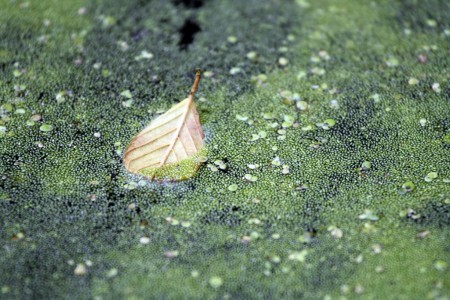Firstly, a nice demolition of the idea that a one-way mission to Mars makes sense, written by Oliver Morton, whose excellent book I reviewed. The best concise point:
Most importantly, in terms of costs, there’s the ongoing commitment. A set of Mars missions you can cancel is a much more attractive than a set of Mars missions that you cannot cancel without killing people (“Launch the next rocket or the kid gets it”). To fund a single one way to Mars mission is more or less to sign up to funding them for as long as the colony lasts. That is a far larger spending commitment than required for a small number of return trips.
I certainly wouldn’t want to be one of the decision-makers responsible for keeping a Martian colony alive, while billions are watching via high-definition video links. Watching the astronauts slowly (or quickly) die would be awfully depressing, after all, especially if it was because of budget cuts.
Secondly, a Science article on the importance of not contaminating Mars with terrestrial organisms: Biologically Reversible Exploration. In essence, it argues that contamination from terrestrial spacecraft could forever eliminate our chances of studying life that evolved independently on Mars, if any such organisms exist. It argues that future missions, including any manned missions, adopt protocols so as to be ‘biologically reversible.’ As countless examples of terrestrial invasive species demonstrate, the concerns are not unwarranted, when it comes to microorganisms that might be able to survive or thrive in the Martian environment.


That is an amazing picture.
Shot on my 70-200. I really think that L-series glass makes a difference.
Hence, my lusting after the 24-70 f/2.8L.
You can’t really send people on a one-way trip to a place where they cannot be self-sustaining.
The linked post makes the strong point that not even Antarctic colonies are self-sustaining, despite how that would be an easier task. The failure of Biosphere 2 is also a humbling example.
The speech Safire wrote for Nixon if Apollo 11 astronauts were stranded on the moon.
Mars covered in toxic chemicals that can wipe out living organisms, tests reveal
…
The scientists followed-up with another round of experiments that looked at the toxic effects of iron oxides and hydrogen peroxide, which are also found in Martian soil. These tests yielded even more bad news for microscopic Martians: when the bacteria were hit with UV rays in the presence of perchlorates, iron oxide and peroxide, the bugs were killed 11 times faster than with perchlorates alone. Writing in Scientific Reports, the researchers say that the inhospitable conditions on Mars are caused by a “toxic cocktail of oxidants, iron oxides, perchlorates and UV irradiation.”
The findings mean that damp streaks on the Martian surface that have been spotted from orbit may not be prime spots to find alien microbes. The briny patches would be likely to concentrate perchlorates, making the streaks even more toxic than the surrounding soil.
“I can’t speak for life in the past,” said Wadsworth. “As far as present life, it doesn’t rule it out but probably means we should look for life underground where it’s shielded from the harsh radiation environment on the surface.”
The non-proprietary components of Andy Weir’s application he made to calculate orbits for his book “The Martian”
Mars One, which offered 1-way trips to Mars, declared bankrupt
200,000 people applied from around the world, and 6 Canadians made 100-person shortlist
‘Mars One’ going nowhere says former Canadian astronaut Julie Payette – Montreal | Globalnews.ca
https://globalnews.ca/news/1889553/mars-one-going-nowhere-says-former-canadian-astronaut-julie-payette/
Will Mars One Really Make It?